The 1976 "Thunderbolt" raid was Israel's most daring hostage rescue operation, freeing 102 of 105 people in one hour.
In a televised interview in January, Gadi Eizenkot, a lieutenant general who is now a minister in Israel's wartime cabinet, was asked whether Israeli special forces were planning a hostage rescue raid in the Gaza Strip similar to the 1976 "Operation Thunder."
Mr. Eizenkot said this was unlikely. "The hostages are separated, mostly held underground, so the possibility of organizing such an operation is extremely low," the official said.
The Israeli military has some of the most skilled special forces in the world , and has carried out many daring missions in the past. The most famous was Operation Thunderclap, also known as the Entebbe Airport raid, which rescued more than 100 hostages kidnapped by pro-Palestinian hijackers. At least six documentaries, five television series, and a play have been produced about the event.
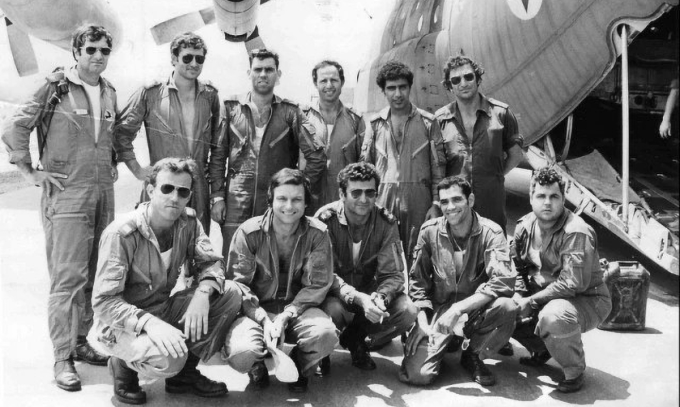
Several Israeli special forces pose for a group photo after the operation ended. Photo: IDF
It all started on June 27, 1976. Air France Flight 139, carrying 247 passengers and 12 crew members, was in transit at Athens, Greece, en route from Tel Aviv to Paris. Shortly after takeoff to continue its journey, the plane was hijacked by four passengers who had boarded the plane in transit. The hijackers included two Palestinians and two German citizens, members of anti-Israel organizations.
The plane was forced to divert to Entebbe Airport in Uganda, where the hijackers received support from Uganda's then-President Idi Amin. The leader, who had pro-Palestinian views, deployed forces to Entebbe Airport to protect the hijackers.
Upon landing at the airport, the group screened the hostages and released passengers who were not Jewish or of Israeli nationality, except for the crew and a few volunteers who stayed.
"I am still haunted by the process of how the hijackers selected passengers to hold as hostages," said Israeli reserve lieutenant colonel Avi Mor, a member of the Sayeret Matkal special forces unit that participated in Operation Thunderclap, comparing the process to how the Nazis selected people to be sent to the gas chambers during World War II.
"One of the biggest problems we faced was lack of information, as there were no reliable sources. The hijackers' ultimatum did not give us much time to prepare," Mor said.
The Israeli government used a number of diplomatic measures, including opening negotiations with the hijackers, to buy time. The hijackers then pushed the deadline back to July 4 of the same year, giving the Israel Defense Forces (IDF) more time to gather intelligence. By around noon on June 29, the IDF had essentially gathered enough information to be able to plan a rescue.
Israeli Prime Minister Yitzhak Rabin initially argued that the hijackers' demands should be met rather than a rescue operation, due to concerns about the high risks involved. However, Rabin's political rival, Defense Minister Shimon Peres, steadfastly refused to give in to the hijackers and worked with his generals to devise a daring plan, while President Amin was away in Uganda.
According to the plan, Israeli special forces would bring a Mercedes limousine similar to President Amin's to Entebbe airport, pretending that the leader was returning from a trip so that he could get past the Ugandan soldiers. Once inside, Israeli special forces would take down the hijackers and quickly take the hostages to the planes waiting outside.
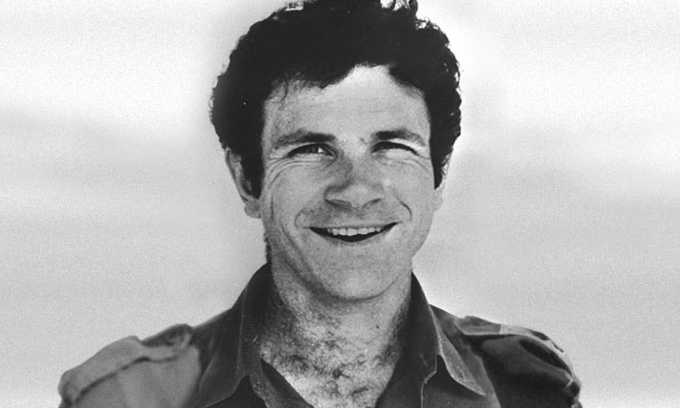
Mr. Yoni Netanyahu. Photo: IFCJ
The rescue plan was approved by the Israeli cabinet at 6:30 p.m. on July 3. About 100 members of the Sayeret Matkal special forces unit, led by Lieutenant Colonel Yoni Netanyahu, brother of current Prime Minister Benjamin Netanyahu, boarded a plane to Entebbe airport. Mor said they had prepared and trained thoroughly before the operation was "green-lighted" to be able to deploy the mission quickly.
"On the evening of June 30, a friend and comrade of mine in the air force knocked on my door. The next morning, I started training with the Sayeret Matkal unit," Mor shared.
Four C-130 Herules transport aircraft and two Boeing 707 aircraft were mobilized to carry out the mission, one of which acted as a command post and the other as a field hospital to prepare for treatment if any injured people were injured.
Along the way, the Israeli special forces stopped in Kenya to refuel without informing the local government, to ensure maximum secrecy for the operation. Their planes flew extremely low, only about 30 meters above the ground, to avoid radar detection. The first plane arrived at Entebee airport on the evening of July 3, a day before the deadline set by the hijackers.
After the plane landed, a Mercedes similar to the model used by President Amin disembarked and headed straight for the Ugandan guard post as planned. Israeli special forces also prepared two Land Rovers similar to the model used by Ugandan security to escort Mr. Amin, to make the impersonation more convincing.
However, things did not go as they expected. According to the book Entebbe Declassified: The Untold Stories of the Legendary Rescue Operation, published in English by the Israel Intelligence Heritage and Memorial Center in 2021, the Israeli special forces made a mistake by using a black Mercedes instead of the white version that Mr. Amin had recently switched to.
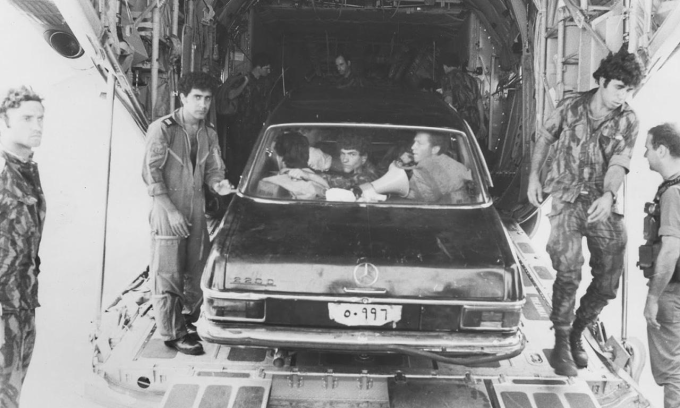
The Mercedes used by Israeli special forces in the operation. Photo: IDF
This made the Ugandan guards suspicious of the commando team, forcing Yoni Netanyahu and another member to open fire first. They then exited the vehicle and ran towards the terminal, while facing fire from Ugandan forces. The commando teams, tasked with secretly landing at other locations, were forced to engage. The gun battle resulted in the death of Yoni Netanyahu.
"It was a disaster, we were discovered and the element of surprise was gone," Moshe "Muki" Betser, deputy commander of the task force, shared in his autobiography.
Betser said Mr Netanyahu had exposed the group by misjudging the situation and opening fire before they were discovered.
According to him, a Ugandan guard raised his rifle as the convoy approached the station gate, causing Yoni Netanyahu to mistakenly believe that the enemy was about to fire at them and decided to fire first in self-defense. Based on his long experience in Uganda, Bester said this was just a normal salute of Ugandan soldiers.
"I know that this was a normal action and we could have passed through the checkpoint safely. That guard would never have dared to shoot at the Ugandan vehicle," he said, adding that he tried to stop his superiors, but Yoni Netanyahu ignored him.
However, the Entebbe Declassifieds quoted Amir Ofer, a member of the Israeli special forces team, as saying that Mr. Yoni's decision to shoot first was correct, or at least justified, based on the situation at that time.
"The Ugandan guards had discovered our identities, there was no doubt about that. If Commander Yoni had not acted first, they would have aimed at us from a point-blank range and picked us off one by one like duck hunting," he said.
Adam Kolman, an Israeli special forces soldier who was in the same car with Mr Yoni and Mr Betser, also shared the danger they faced. "The guard's gun barrel was only about half a meter away from us. If he had actually pulled the trigger, all three of us would have been killed with just one shot," he said.
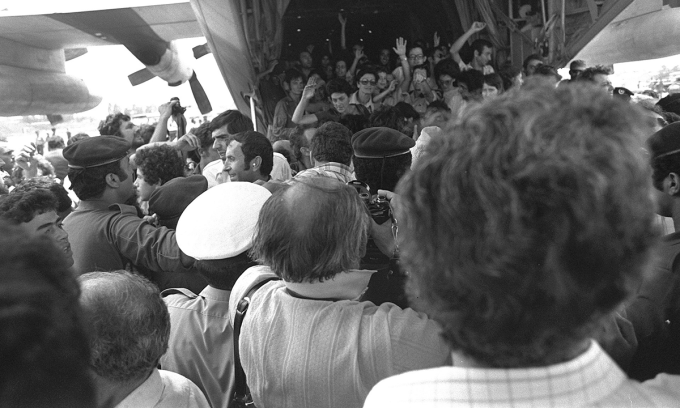
The hostages are greeted at the airport after returning to Israel. Photo: IDF
Two other hostages were killed by stray bullets during the gun battle. The remaining hostages were safely evacuated and boarded a waiting C-130 plane to return to Israel. The entire operation, from the time the Israeli special forces landed at the airport, took less than an hour, of which the hostage rescue took 30 minutes.
At the end of the operation, four hijackers and at least 20 Ugandan soldiers were killed, while 102 of the 105 hostages at the airport were successfully rescued. Another hostage had been taken to hospital by Ugandan forces a few days earlier after falling ill, and then went missing until his body was found near the capital Kampala in 1979. The Israeli special forces lost their commander, Yoni Netanyahu, and five others were wounded.
Ugandan media said Israeli forces destroyed several of the country's MiG fighter jets in the fighting.
Lieutenant Colonel Mor described the rescue as a "glorious" event, earning the respect of the international community for Israeli special forces. The US military is said to have subsequently created a number of forces modeled after the unit that carried out Operation Lightning.
Pham Giang (According to Times of Israel, USA Today )
Source link








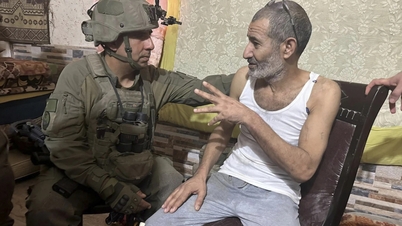




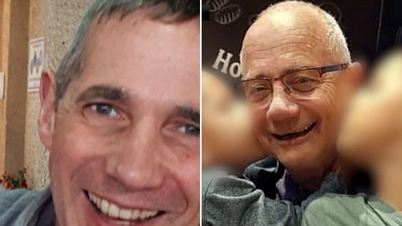


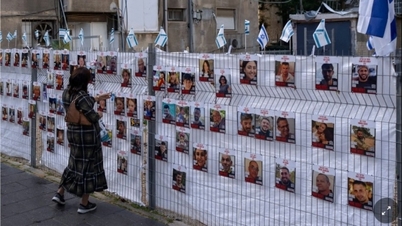
































































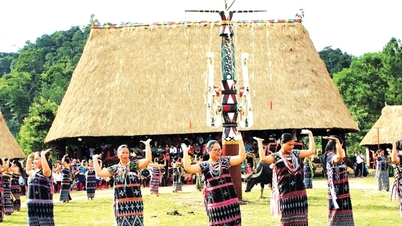




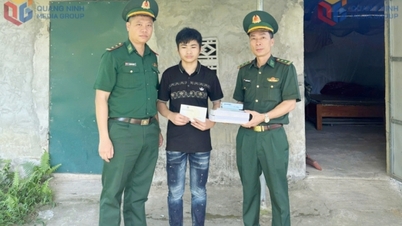














Comment (0)